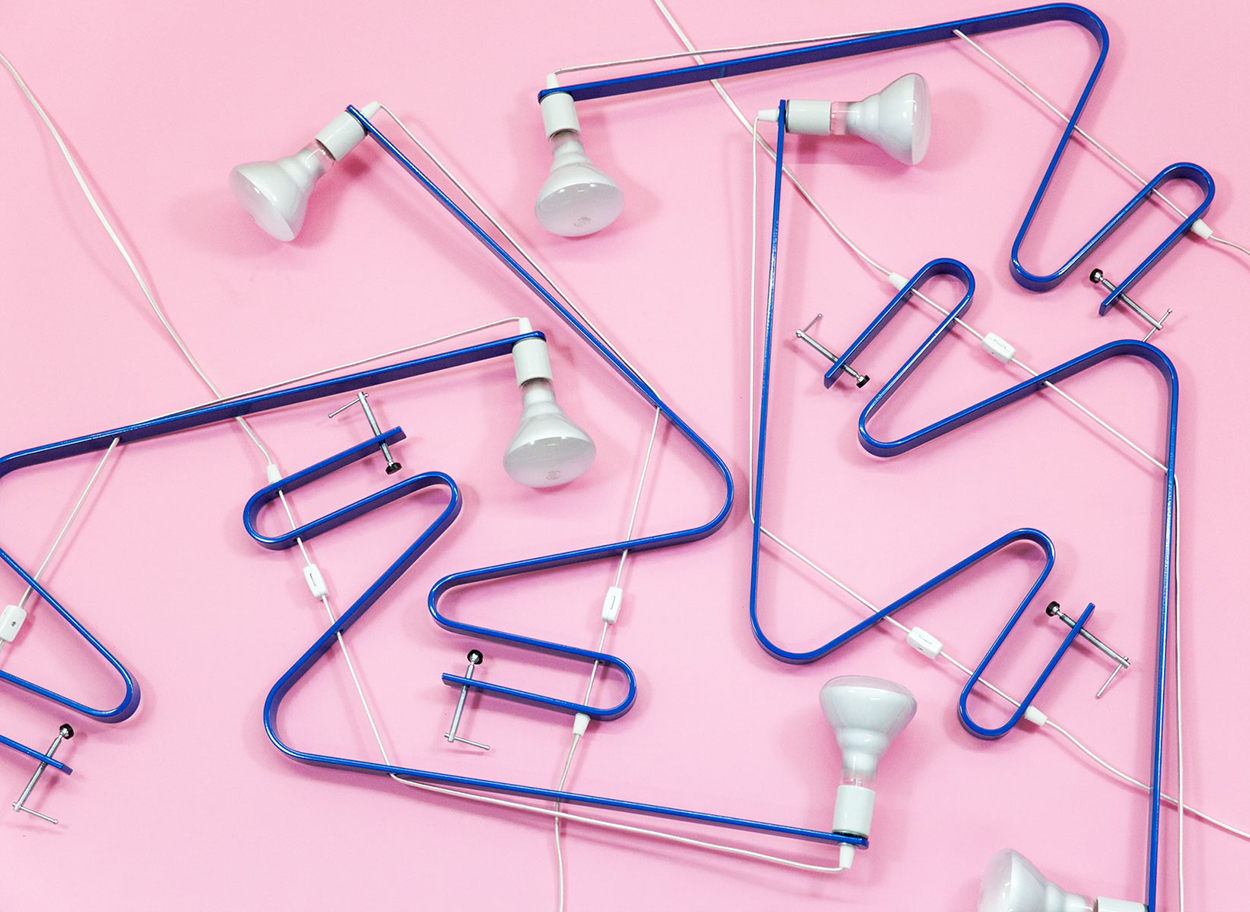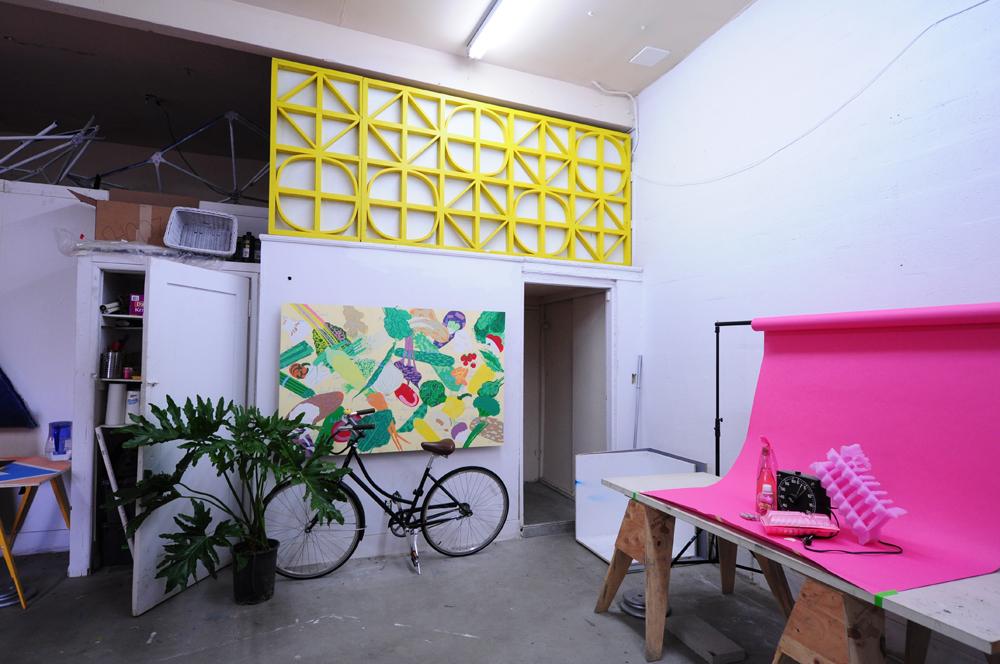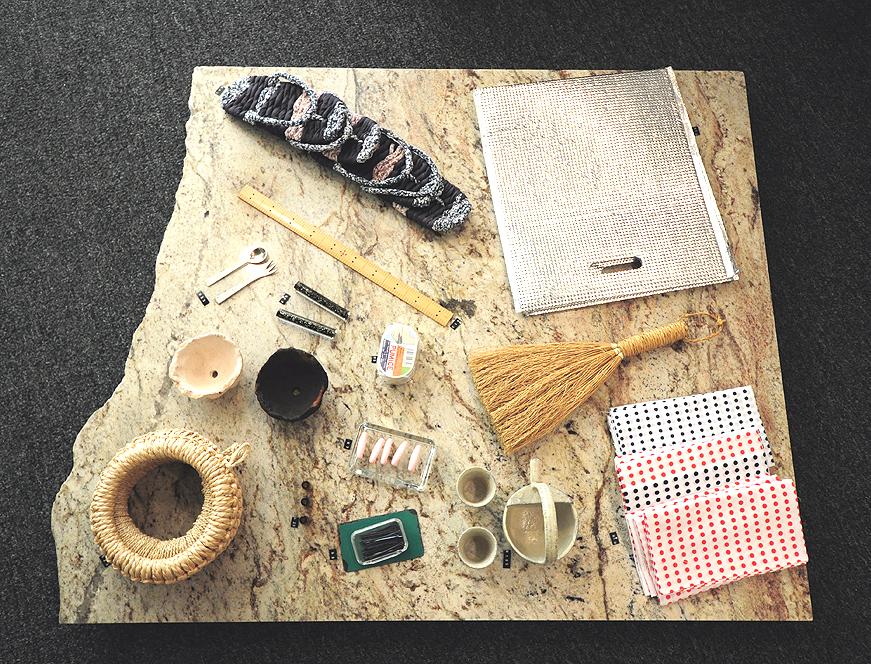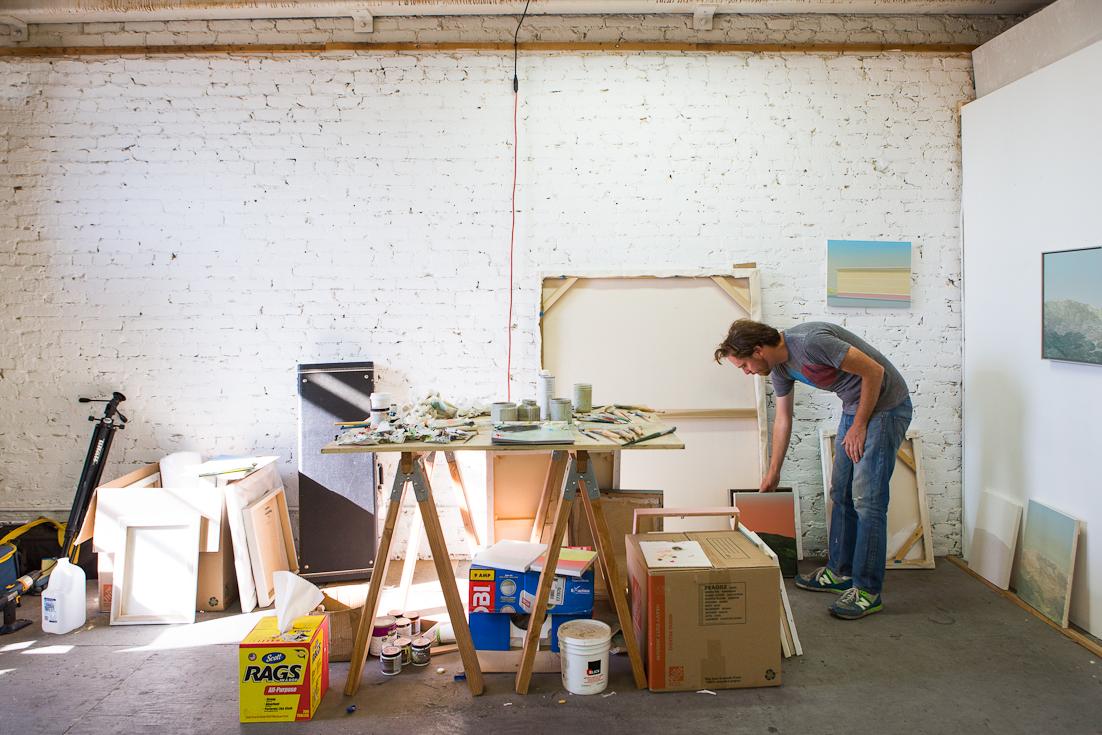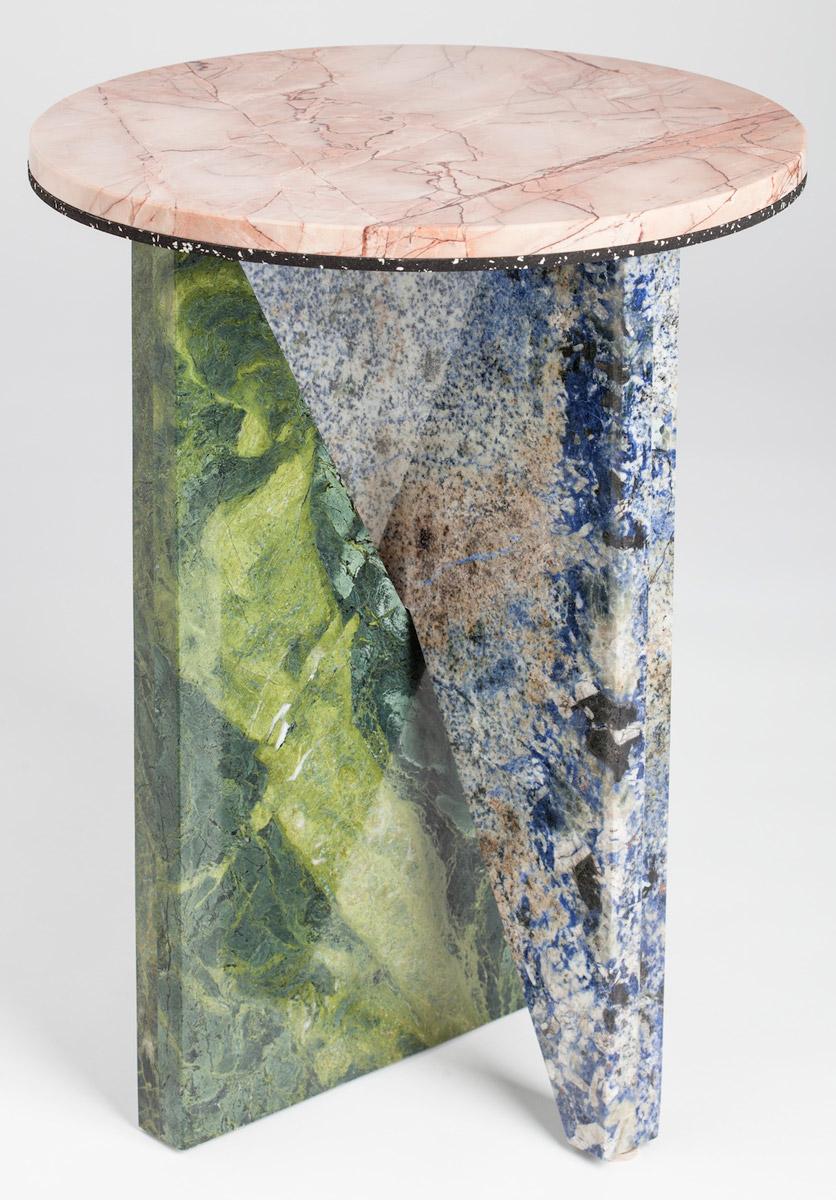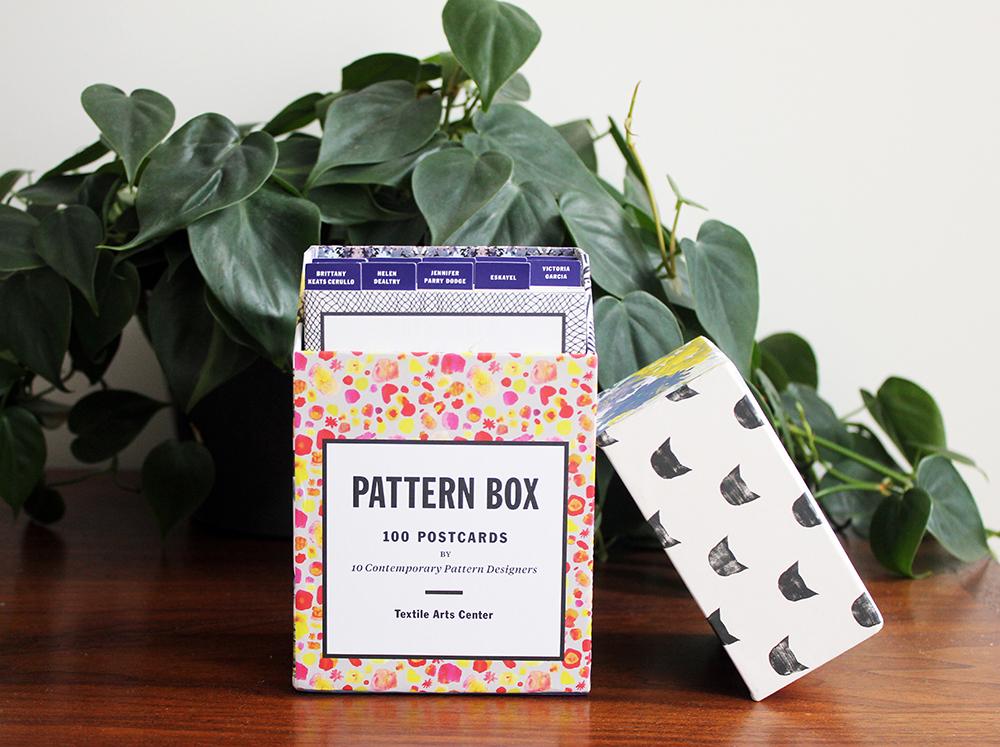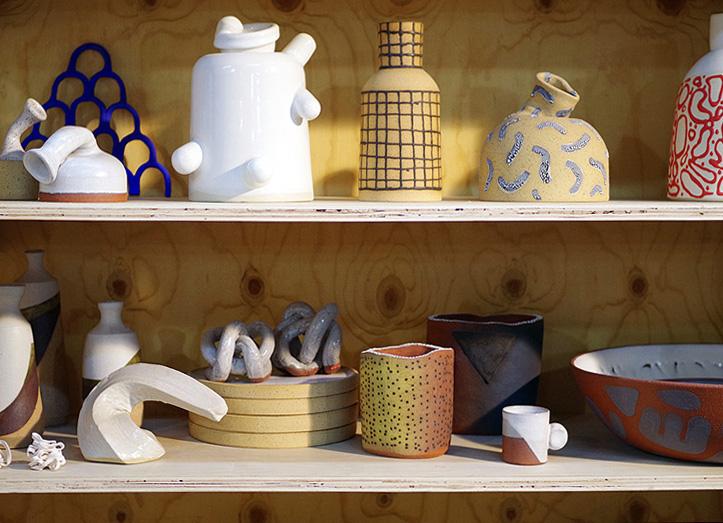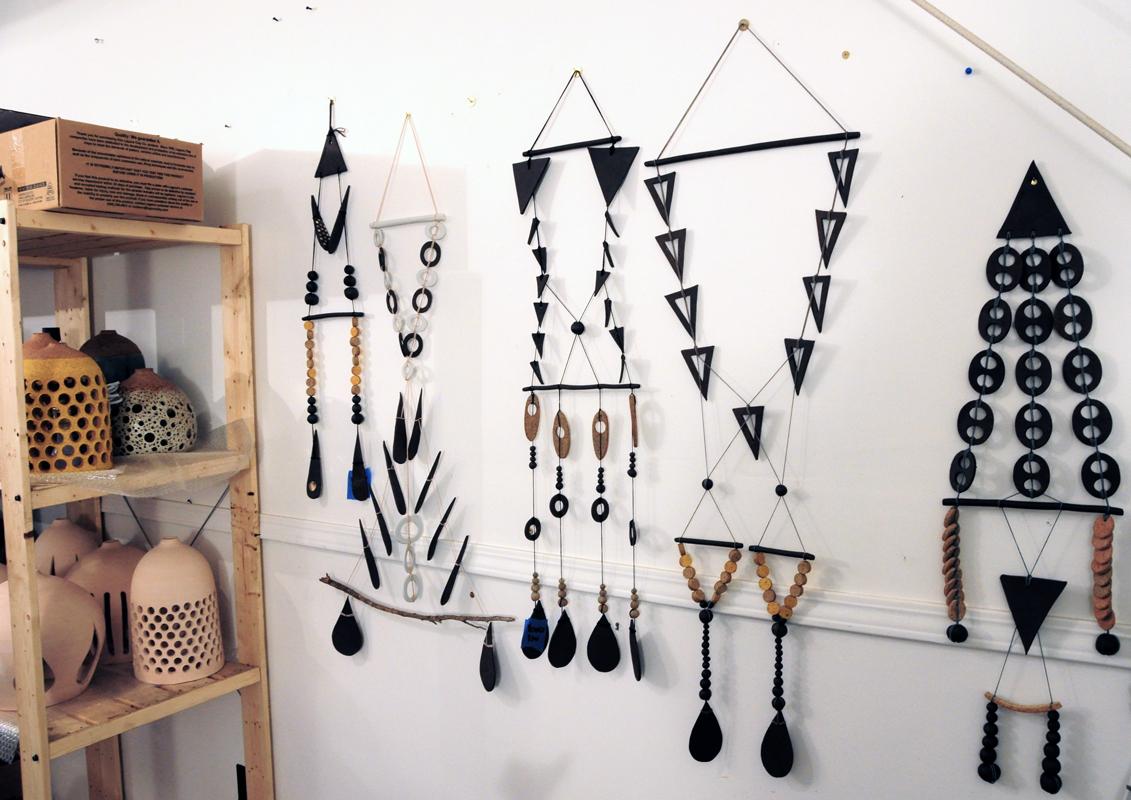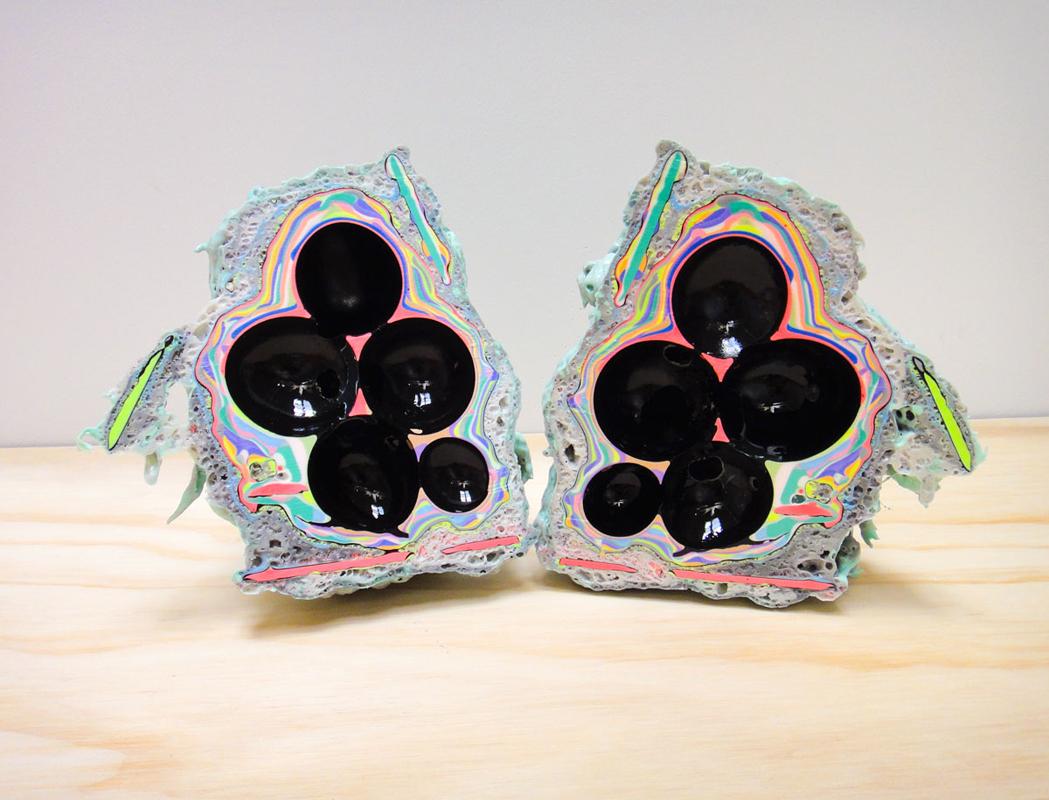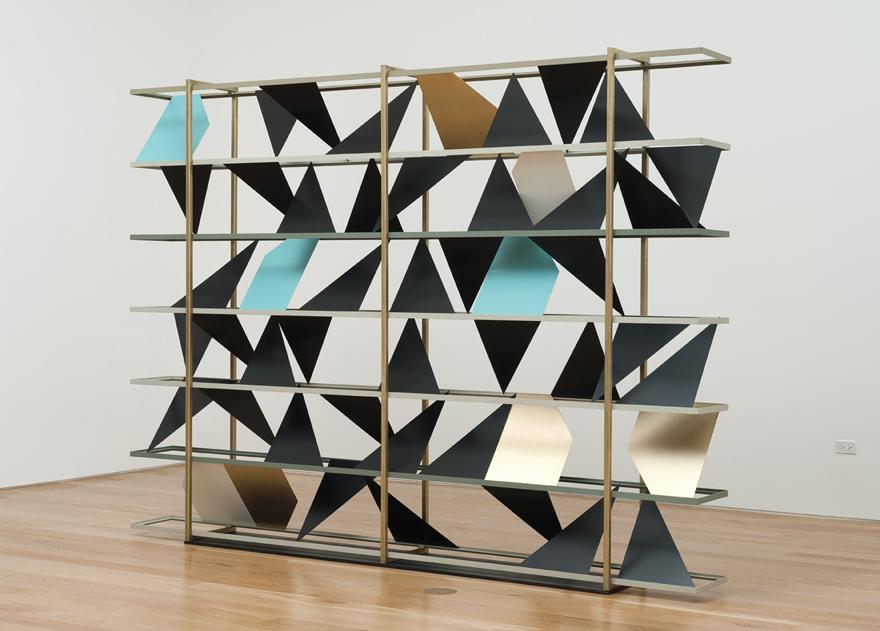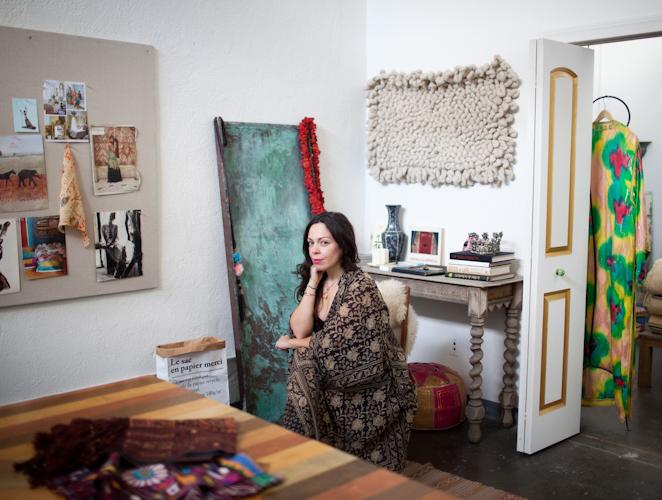
01.20.14
Sighted
Joanna Williams of Kneeland Mercado on Sous Style
There are a lot of reasons we've been reading Sous Style since former Elle photo director Pippa Lord first launched it in 2011: the casual, contemporary feel of the food photography, the glimpses into the homes and private lives of some amazingly cool women, and of course, all those incredibly gorgeous men(!). But we also love when Lord surprises us with different types of approaches to mixing food with fashion, design, and culture, including a post she did recently on textile-sourcing maven Joanna Williams of Kneeland Co. Mercado — in it, Williams reveals both the stories behind some of the items she's brought back from various cities to sell in her Los Angeles shop, as well as all of her favorite things to eat while visiting those places. Check out an excerpt from the story after the jump!
